“Zosui” and “Ojiya” are great dish to eat when you catch a cold. Both are dishes made by simmering rice until it becomes texture like soup, but what’s the difference? In fact, many people may not be able to tell the difference between the two. First, let’s find out what is “Zosui”, how to make it. We are also going to introduce some various dishes for Zosui and then tell you the differences between these dishes so do not forget to check out below!
What is Zosui?
Zosui is a traditional Japanese food that locals season with soy sauce and miso, boiled with other foods (meat, seafood, mushrooms, and vegetables), or cooked from rice until soft, similar to rice porridge. In Japan, it is common to add rice to the soup stock and boil it at the end of a hot pot dish. The point is to cook the rice sparingly with a lot of juice to retain the smooth texture of the rice. Nowadays, the Japanese often use it as a finishing touch using the leftover juice from hot pot dishes, or as a nutritional supplement for people who are not feeling well.
Etymology
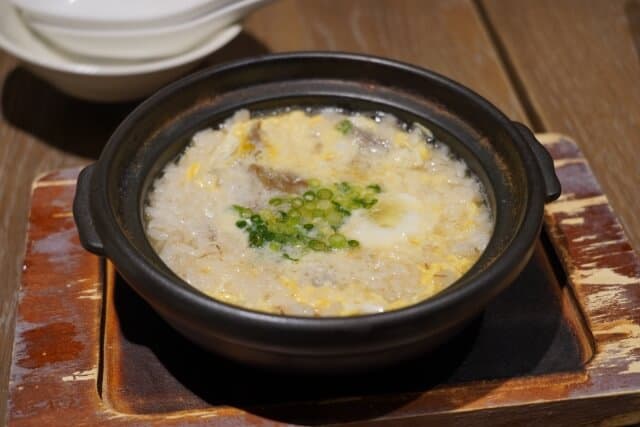
The origin of the name ojiya (another common name for the dish) is more interesting. Even though there are several theories about the origin of the word ojiya derived from olla, the Spanish word for ceramic cookware (pronounced oja (オジャ) in Japanese), which means a pot dish or stewed dish. Locals thought olla resembled ojiya, and the name “jiya-jiya” comes from the onomatopoeia for the sound it makes when simmering. This may have resulted in the name “ojiya” as we know it today.
Zosui History
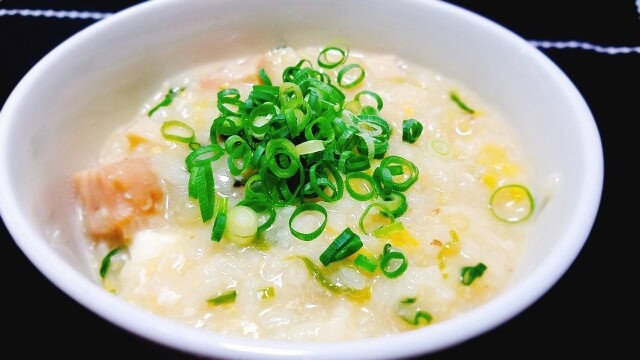
During the Daijoe in the Heian period, the late-night meal served at the Akusha was duck rice remains to this day. Nanakusa -gayu on the 7th of the New Year is Kanto-style, while Kansai-style is miso porridge . Even now, old families in Kyoto make miso rice porridge under the name of ‘Fukuwakashi’ on New Year’s 7th. During the Muromachi period, the Ashikaga shogunate made seven kinds of miso soup and served them as a celebratory meal. Originally, they call the zosui konagaki, which they made by adding boiling water to cereal powder and stirring to make it a supplementary food or adding medicinal herbs to it to make it a medicinal food or health food.
The difference between porridge and rice porridge is that, in ancient times, the Japanese do not salt their porridge at all, and porridge was allowed to be salted and seasoned. Long ago, the Zosui used to save rice. Around the end of the war in 1945 (Showa 20), they opened the porridge dining halls to save rice. Also, since ancient times, there are many examples of using rice porridge to help the sick and weak. In cold regions, there is porridge to keep warm, and many still make porridge a delicacy. They used chicken, eggs, oysters, sweetfish, scallops, chives, mozuku seaweed, corned beef, ham, and sausage.
Zosui Recipe
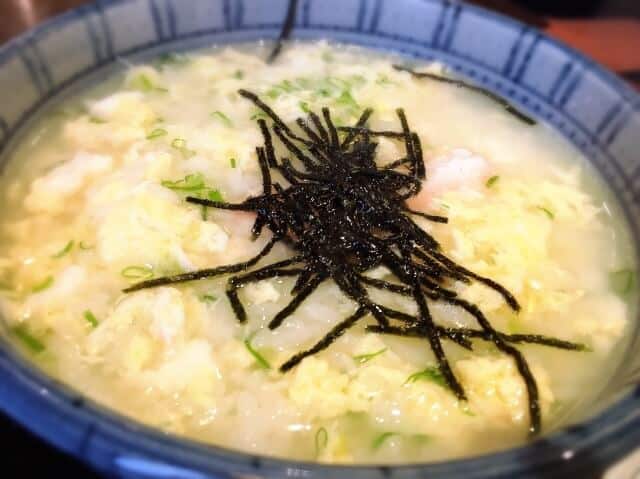
Zosui Ingredients
| Ingredients of Zosui for 1 person | Measurements |
|---|---|
| Rice | 140-150g |
| Egg | 23g |
| Dashi soup | 300g |
| Dried bonito | 4g |
| Sake | 14g |
| Soy sauce | 4g |
| Salt | 2g |
| Grated ginger | 3g |
How to make Zosui
First, grate the ginger and beat the egg on a small plate and prepare the dashi stock. Add on some condiments such as mitsuba, green onions, and all-purpose green onions.
Next, put the rice in a strainer and rinse it under running water, then drain it well. Boil the rice, and put dashi stock, soy sauce, sake, and ginger in a pot or earthenware pot. When the water comes to a boil, add the rice and bonito flakes and bring it to a boil again.
Taste while simmering and season with salt. Then, add the beaten eggs in a boiling earthenware pot, and add the mitsuba leaves and finely chopped all-purpose green onions. Cover the lid, turn off the heat, and steam for 1-2 minutes.
You can add bonito flakes to increase the umami, and the tangy spiciness of ginger enhances the flavor.
Zosui, Ojiya, and Okyu differences

Zosui, ojiya, and okyu are all rice dishes with a lot of water. Locals make ojiya and zosui by simmering already-cooked rice with dashi stock and ingredients. Zosui uses water-washed rice, while ojiya uses it as it is. As a result, zosui has a smooth finish, while Ojiya retains the stickiness of the rice and has a thick finish. Okyu is a dish in which raw rice is cooked softly with more water than usual. The feature is that locals do not season it or season it gently.
Various Zosui dishes
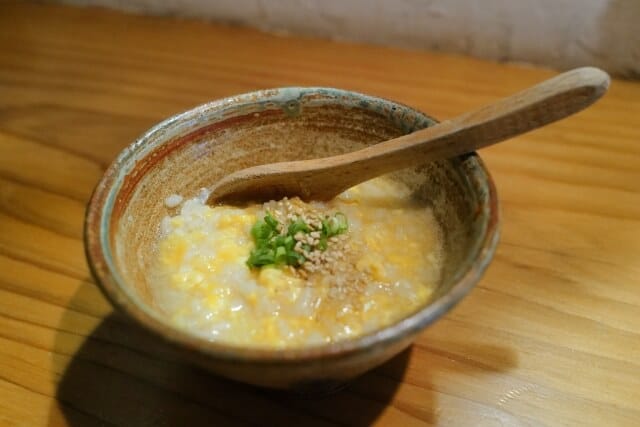
Shirodashi egg porridge
You can easily make it using commercially available white soup stock. Simply pour the beaten egg over the rice porridge simmered to your desired softness. The egg absorbs the dashi, so the key is to use a slightly stronger seasoning. It is perfect for busy morning meals, children’s late-night snacks, and when you have a cold and have no appetite.
Western-style rice porridge with egg and cheese
Again, the main ingredient is only eggs, but it is a Western-style seasoning that uses consommé for the soup stock. Because there is already ketchup, the rice porridge has a strong flavour, and the cooking time is about 10 minutes, which is very speedy.
Risotto rice porridge
This is a recipe for making risotto-style rice porridge with the soup left over from chicken mizutaki. Of course, you can also make dashi by dissolving commercially available mizutaki soup or chicken stock. The shimeji mushrooms make a nice dashi stock, and the soy milk and powdered cheese give it a creamy finish. Coarsely ground black pepper is a nice accent.
Health information on Zosui

The porridge diet is a diet method that replaces the usual meals with porridge.
Lower calorie intake
For this reason, the intake of rice itself is suppressed, which leads to calorie off. If you can reduce the number of calories in your diet, you can diet more efficiently, making it easier to aim for your ideal weight and body fat.
Blood sugar level tends to rise slowly
As mentioned above, rice porridge uses a small amount of rice, so it slows down the rise in blood sugar levels after meals. At the same time, the rice porridge is served hot, so the more time you spend eating it, the less your blood sugar rises. It prevents a sudden rise in blood sugar levels and prevents the body from storing excess fat.
Promote blood circulation by raising body temperature
Eating rice porridge makes it easier for your body temperature to rise as it is served hot. Although it is temporary, the increase in body temperature also promotes blood circulation and can be expected to increase metabolism, making it easier to lose weight.
Where to buy Zosui
Otsu Shinjuku Kabukicho (お通 新宿歌舞伎町店)
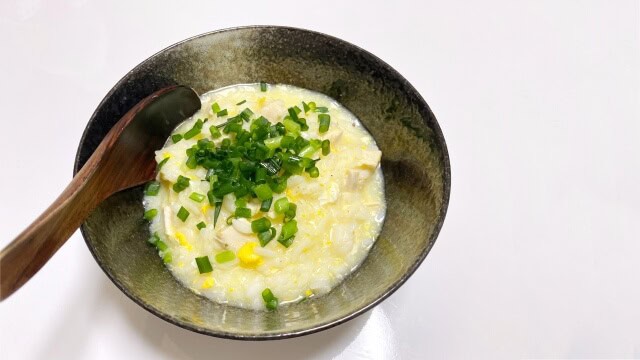
Speaking of a porridge specialty store in Shinjuku is one of them. Their “Cheese rice porridge” ¥980 (tax excluded) has plenty of melted cheese and mixes well with rice! The menu is especially popular with women. It’s the perfect menu for when you’ve drunk too much or when your stomach isn’t feeling well. In “Otsu”, you can add it to the menu and put toppings on it. You can also create your own favorite flavor by topping chicken, chives, and sea urchins.
Zonbun Shinjuku Sanchome (ぞんぶん 新宿三丁目店)
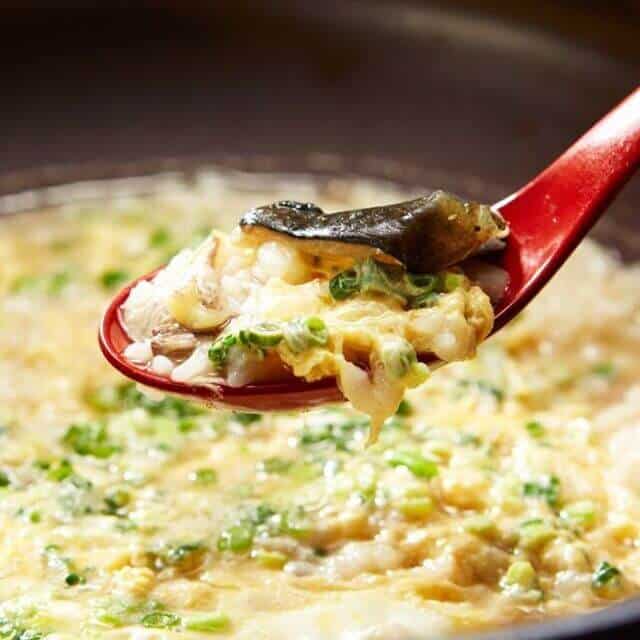
The next restaurant in Shinjuku where you can eat rice porridge is Zonbun Shinjuku Sanchome. Sea bream shabu-shabu delivered directly from Tsukiji is exquisite. The soup stock uses bonito, kelp, and sea bream bones. You can also finish it with the soup stock as porridge. After enjoying shabu-shabu, finish off with rice porridge, and your stomach will be full and happy.
Kyushu Necchuya (九州 熱中屋 新宿野村ビル)

This is a restaurant where you can enjoy authentic Kyushu cuisine. There are plenty of dishes unique to Kyushu, such as [special horse sashimi] and [teppanyaki gyoza]. At “Kyushu Necchuya”, you can enjoy rice porridge as an additional menu for ¥ 490 (excluding tax) when you order a hot pot. In addition to porridge, you can also add ingredients unique to Kyushu such as “Goto Udon” and “Nagasaki Champon Noodles”
Takeaway
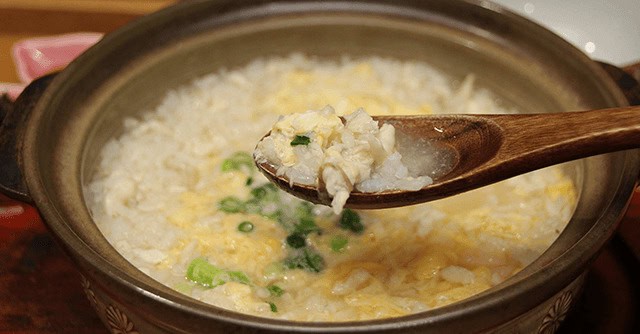
Whether you’re trying to lose weight or want to eat foods that won’t cause stomach upset, zosui is the perfect dish to satisfy your cravings. When you catch a cold in Japan, it’s customary to cook zosui or ojiya and eat it to warm your body up. This is due to the fact that rice stewed with eggs, which are also nutritious, is easy to digest, and very healthy. When you are sick, it is the best food to eat.
There is some other soups from Japan that will surely make you feel warm and hearty during cold days and when you’re ill, you can try their Soup curry, Houtou, and Mizutaki.


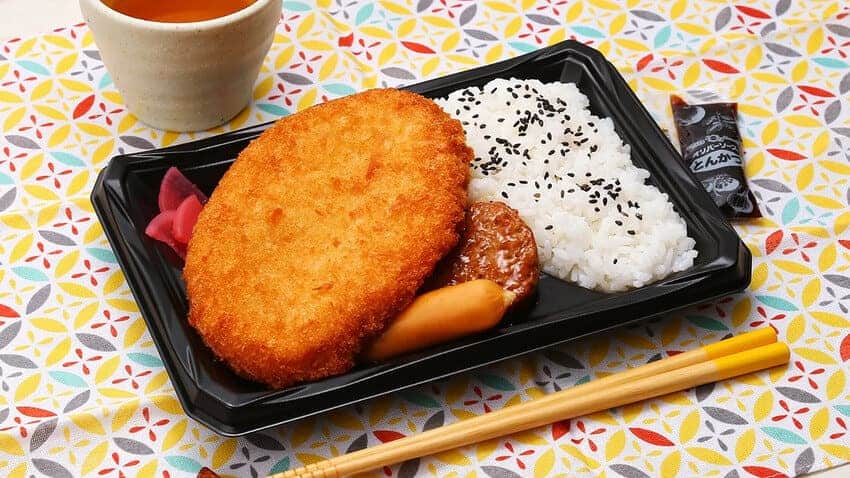



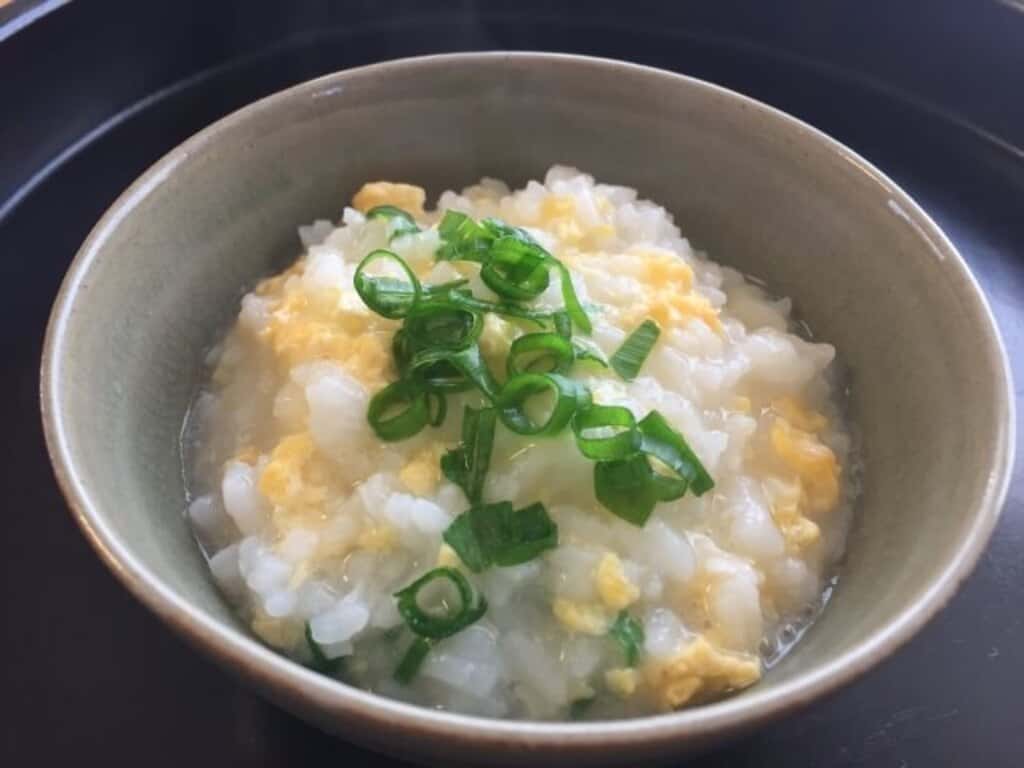
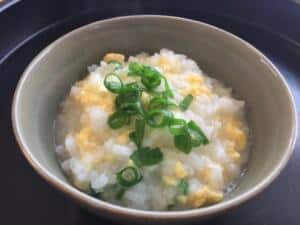
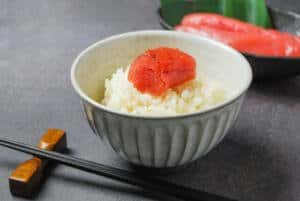
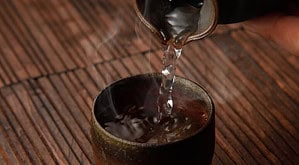
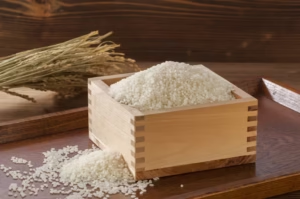
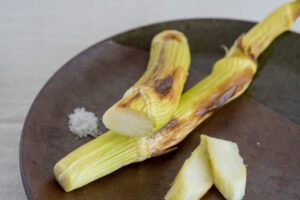
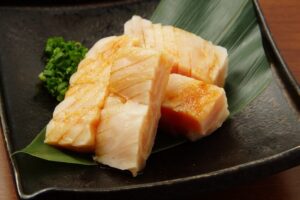
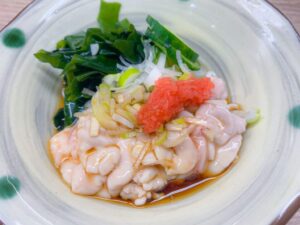
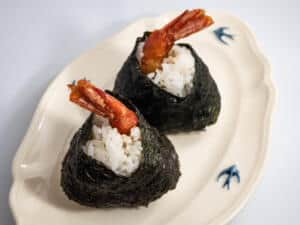
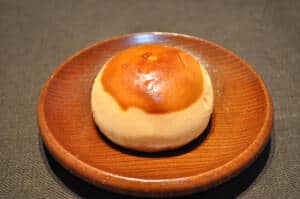
Comments